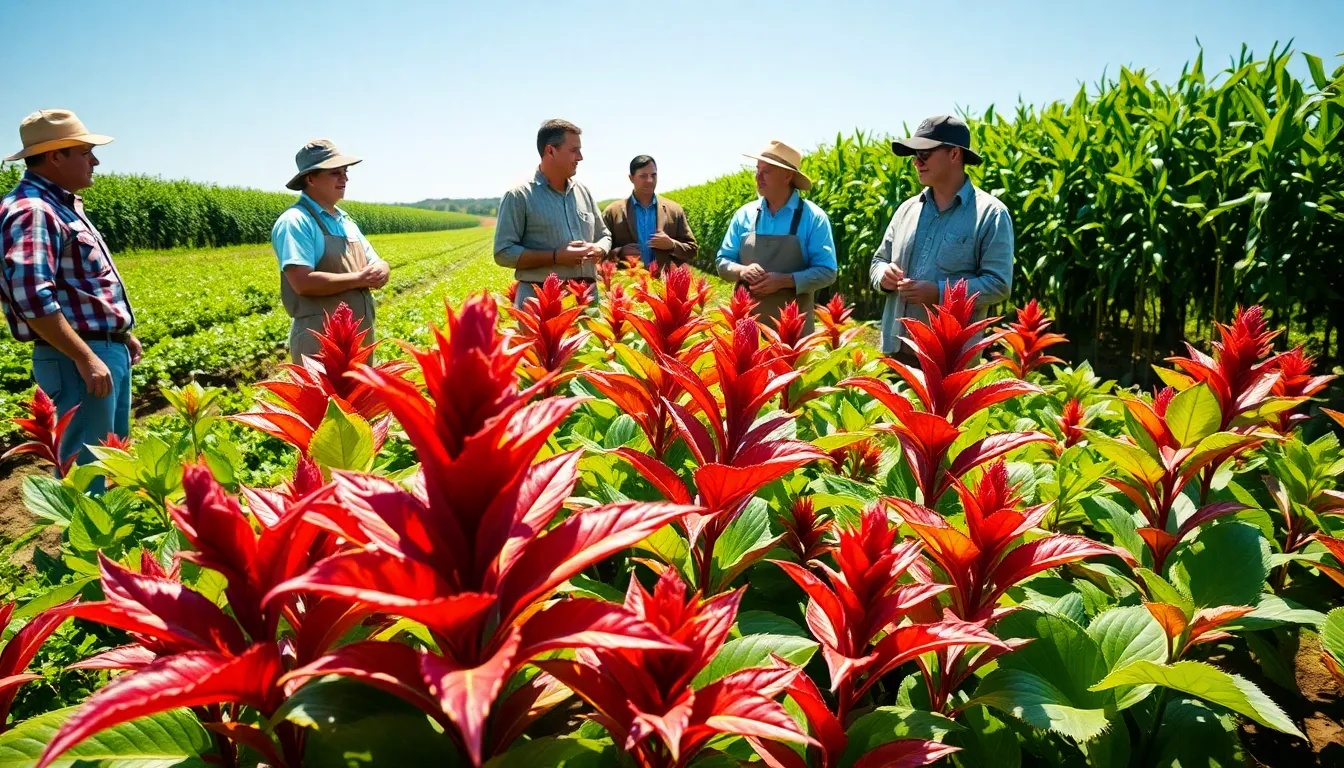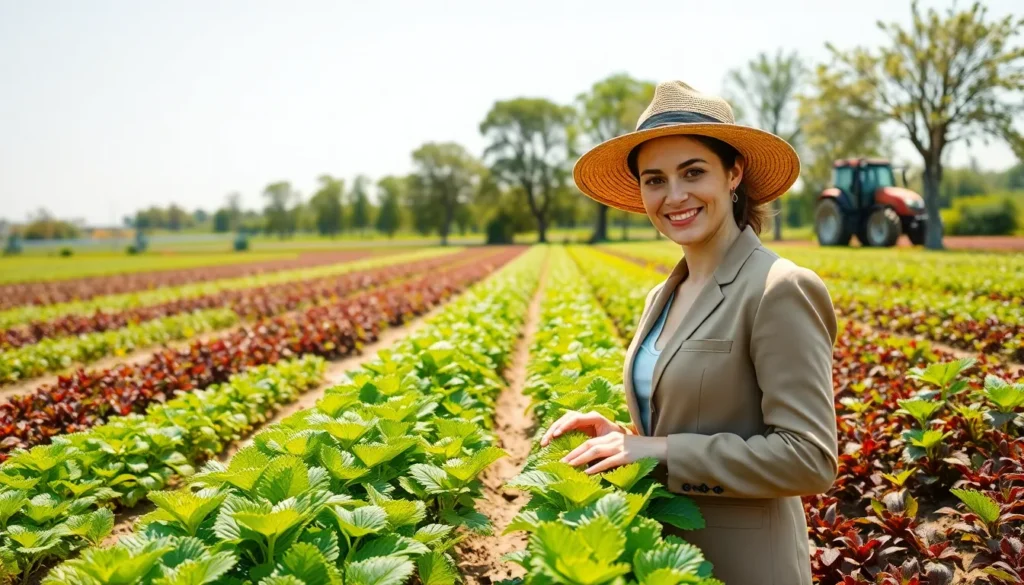Imagine a plant so versatile that it weaves itself into the fabric of culture, agriculture, and even modern science. Sounds dramatic, right? Well, that’s the beauty of redlaylla. In this text, we’ll unravel the mystery surrounding this fascinating plant, from its historical roots to its promising future in agriculture and industry. Whether you’re a gardening enthusiast or just curious about the natural world, stay tuned, redlaylla might just surprise you.
redlaylla

Redlaylla is a remarkable plant recognized for its striking appearance and numerous benefits. Known for its vibrant colors, it belongs to a family of species that thrive in various environments. Unlike many other plants, it boasts unique properties that make it a sought-after crop among agriculturalists and researchers alike. Often found in regions with rich biodiversity, redlaylla can adapt well to both traditional and modern farming practices.
When one examines redlaylla, its versatility quickly becomes evident. From culinary uses to medicinal properties, this plant serves numerous roles in our daily lives. Farmers and chefs have begun to integrate it into various practices, and its nutrients are setting it up as a staple in many diets.
Origins and History
Redlaylla traces its roots back centuries, with indigenous communities cultivating it long before modern science acknowledged its value. Historical texts suggest that this plant was not only a food source but also served spiritual and medicinal purposes.
The plant’s history is rich and intertwined with tales of ancient agricultural practices. In many cultures, redlaylla was regarded as a symbol of prosperity. Stories of how it supported entire communities highlight the deep connection people have had with it over generations. Today, researchers investigate into these historical accounts to better understand its potential in sustainable farming, echoing practices from eras long past.
Benefits of Redlaylla
The benefits of redlaylla extend far beyond its aesthetic appeal.
Uses of Redlaylla in Modern Applications
In today’s world, various sectors are recognizing its potential. This plant is finding its way into agricultural rotations due to its ability to improve soil health. Farmers have noted that planting redlaylla enhances soil fertility and biodiversity, making it easier to produce high-yield crops.
Besides, redlaylla is creeping into the culinary world, featuring in dishes that emphasize its texture and flavor. Chefs are becoming increasingly creative, using it in salads, soups, and even as an exotic garnish. This move has resulted not only in a culinary revolution but also in a growing movement towards sustainable eating.
Redlaylla in Traditional Practices
In traditional contexts, redlaylla has served as a critical ingredient in many rituals and health practices. Many indigenous cultures have long employed its leaves and roots in medicine, believing it possesses properties that can cure various ailments. Whether it’s a soothing tea brewed from its leaves or a poultice made from its roots, the plant’s therapeutic uses are still honored today, standing testament to the knowledge passed down through generations.
Cultural Significance of Redlaylla
Culturally, redlaylla holds significant meanings across various communities. It frequently appears in folklore and traditional stories, symbolizing resilience and adaptability. In regions where redlaylla thrives, it is often regarded as a community plant, grown collectively and shared among residents.
Celebrations frequently incorporate redlaylla, showcasing its importance in local customs. From harvest festivals to family gatherings, the plant often features prominently on tables, underlining its role not just in sustenance but also in fostering community bonds. The plant embodies a mutual respect for nature, highlighting how communities interact with the land.
How to Cultivate Redlaylla
Cultivating redlaylla can be immensely rewarding, but it also presents certain challenges.
Challenges in Redlaylla Cultivation
For those looking to cultivate it, understanding its needs is crucial. Redlaylla thrives in conditions with moderate sunlight and well-drained soil. But, pests and diseases can pose significant threats. Growers must maintain vigilant practices to prevent infestations, often embracing organic pesticides to help combat these issues.
Also, the plant’s growth rate is subject to climatic conditions, necessitating flexibility in cultivation practices to adapt to changing weather patterns. Knowledge sharing among grower communities has emerged, making it easier for newcomers to navigate these hurdles effectively.
Future of Redlaylla in Agriculture and Industry
The future of redlaylla looks promising as agricultural innovation continues to grow. Researchers are exploring its potential applications in sustainable farming, especially its capability to improve soil quality and support biodiversity.
In the industry, companies are beginning to invest in redlaylla, recognizing its worth as a biofuel source and a nutrient-rich supplement. It holds promise in the agricultural sector, where adaptability to varied environments can help combat the challenges posed by climate change. The ongoing research will likely unlock further uses, paving the way for new markets and opportunities.
